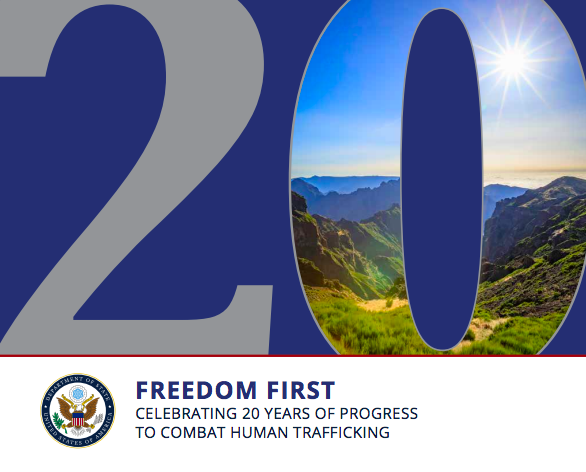This retrospective report provides a historical perspective on the context in which the TVPA (the Trafficking Victims Protection Act of 2000) was crafted, celebrates the major accomplishments of the United States government, and provides a view of the major areas in which the. next generation should focus to combat trafficking in persons, both here at home and around the world. It is not wholly comprehensive of all the efforts of the anti-trafficking movement—which are too many to capture here—but highlights notable developments.
The report is based on interviews with Members of Congress, drafters of legislation and negotiators of the “Palermo Protocol;” Congressional conference reports and hearing transcripts; the annual Attorney General’s Report to Congress on U.S. Government Activities to Combat Trafficking in Persons; the annual President’s Interagency Task Force to Monitor and Combat Trafficking in Persons (PITF) reports; the annual Department of State (DOS) Trafficking in Persons Reports (TIP Reports); and the perspectives of dozens of individuals who have been extensively involved in U.S. government anti-trafficking efforts over the span of two decades since the TVPA’s enactment.
The collective effort of both government and nongovernmental actors has provided our nation the legislative framework necessary to combat human trafficking in all its forms; has restored the rights, freedom, and dignity of thousands of individual victims and survivors; has systematically dismantled extensive trafficking enterprises and held perpetrators criminally accountable for their trafficking crimes; and has awakened our national conscience to the moral imperative of fighting against the evils of modern slavery, continually bringing an ever-broader coalition of diverse anti-trafficking partners into our fight to end human trafficking.

